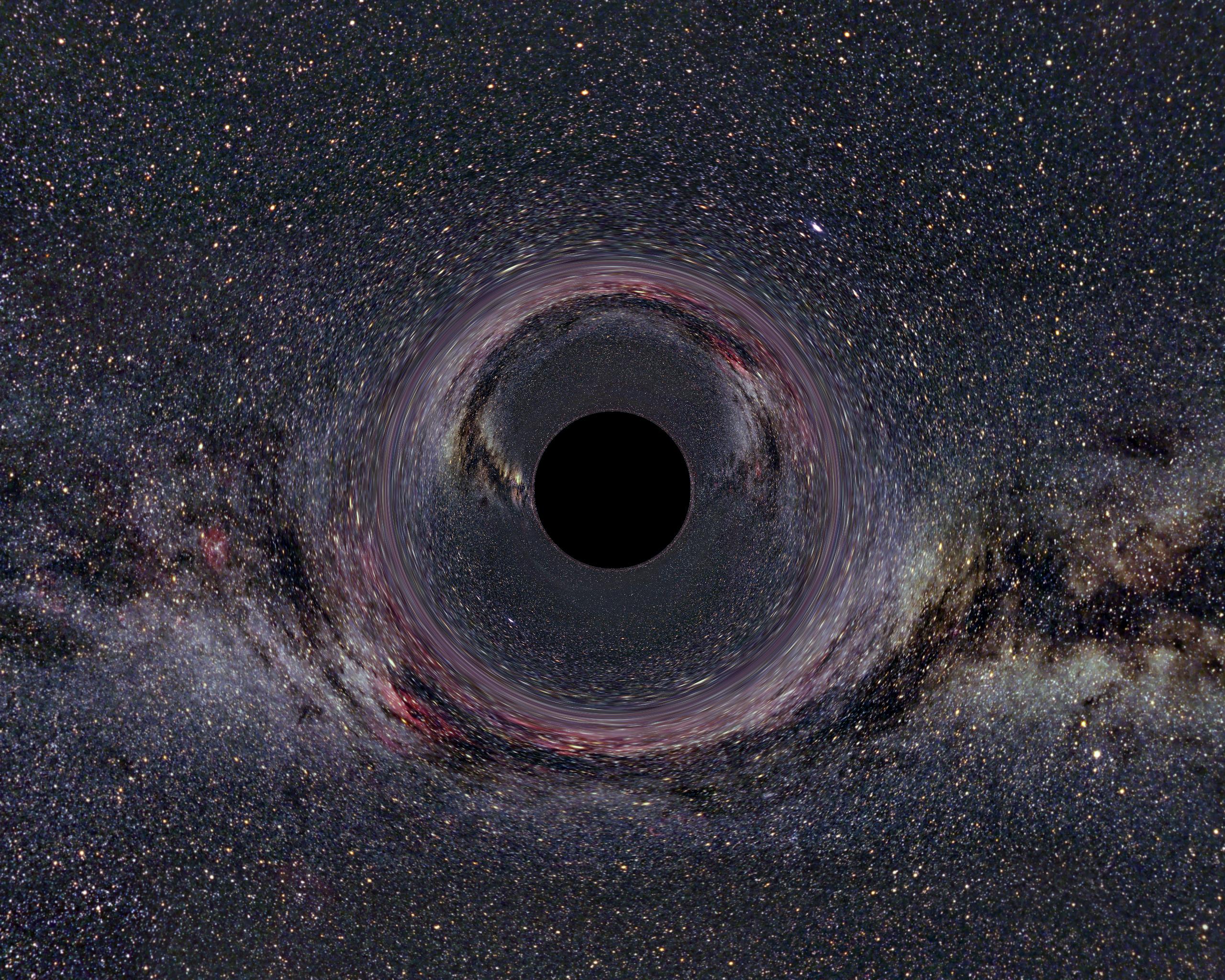The black hole is a location in the Universe where gravitational power is so strong that even light cannot get out. The gravity is solid since the issue has been fit into a tiny area.
As there is no light around or inside a black hole, It’s not visible to the human eye. They are undetectable. Space telescopes with uncommon apparatuses can assist find with blacking slots. The extraordinary instruments can perceive how stars that are extremely near dark openings act uniquely in contrast to different stars. Specialized telescopes and other machinery are used to study black holes.
In our area of the Universe, there are precisely 100 billion supermassive dark openings. The closest one lives in the focal point of our Milky Way world, 28 thousand lightyears away. The most far off we know lives in a quasar system billions of lightyears out.
Size of Black Holes
Researchers presume that the littlest dark openings shaped when the Universe started. Heavenly dark spaces are made when the focal point of a highly massive star get into pieces. Researchers think supermassive dark introductions were made simultaneously as the Universe they are. A dark start cannot be seen because solid gravity manoeuvre all of the light into the centre of the dark opening.
In any case, researchers can perceive what solid gravity means for the stars and gas around the dark opening. Then, researchers can concentrate on stars to see whether they are zooming near, or circling, a dark space. When a dark void and a star are near one another, high-energy light is formed. This light cannot be seen with natural eyes. So instead, researchers use satellites and telescopes in space to see high-energy light.
Are Black Holes Dangerous?
Black holes do not destroy other planets or stars. Earth won’t fall into a dark opening because no dark introduction is adequately close to the nearby planet group for Earth to do that. Regardless of whether a dark void of a similar mass as the sun was to replace the sun, Earth actually would not fall in. The dark space would have an equal gravity as the sun. The sun won’t ever transform into a dark space. The sun is certainly not a large enough star to make a dark opening.
What Is Inside of a Black Hole?
At the focal point of a dark opening, it is frequently hypothesized there is something many refer to as a gravitational peculiarity. This is where gravity and thickness are boundless, and space-time reaches out into boundlessness. Precisely what material science resembles now in the dark opening, nobody can say without a doubt.
Time freezes at the occasional skyline, and gravity becomes limitless at the peculiarity. The uplifting news about huge dark openings is that you could endure falling into one. Their gravity is more grounded though, the extending power is assumed more fragile than it would be with a bit of dark opening, and it would not kill you. But no one would like to enter a black hole.
Only the brightest ones can be seen with telescopes
They form when stars collapse. The more massive a star is, the greater its gravitational pull, and it can become dense enough to consume nearby light-emitting objects—even entire galaxies. In fact, black holes are estimated to make up one of every thousand galaxies in space. But that doesn’t mean they’re easy to spot; black holes are surrounded by thick clouds of dust and gas that block all but their brightest light from escaping. And even though they’re called black holes, they actually glow with radiation as matter falls into them. Most often, these glowing regions appear red or blue because of how much energy is released at those specific wavelengths of light.
![]()
